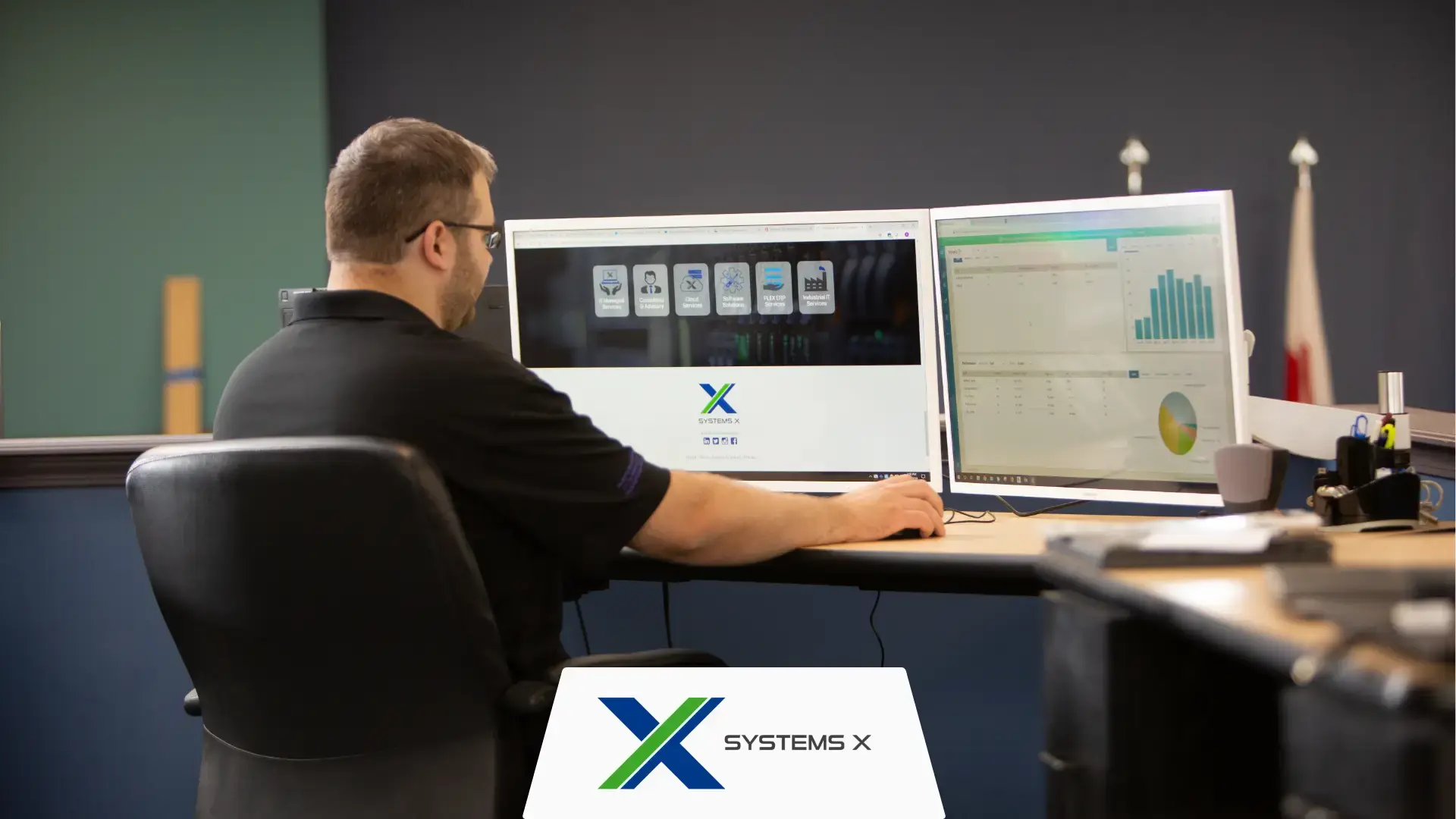
The security of your organization is no longer just solely determined by the measures you implement internally. While protecting your own systems and networks is essential, it is equally crucial to extend your security efforts to encompass your entire supply chain. This comprehensive approach to cybersecurity ensures that vulnerabilities and threats are mitigated not only within your organization but also across the network of suppliers, vendors, and partners that you rely on.
THE SIGNIFICANCE OF SUPPLY CHAIN SECURITY
Supply chain security refers to the measures taken to protect the flow of goods and services from the point of origin to the point of consumption. In the context of cybersecurity, it encompasses the protection of digital assets, data, and communications exchanged between various entities within the supply chain. Ensuring the security of your supply chain is important for several reasons:
Expanded Attack Surface:
As organizations increasingly rely on interconnected networks of suppliers and partners, the attack surface for cyber threats expands. A breach in any part of the supply chain can potentially compromise the security of the entire network, including your organization.
Third-Party Risks:
Third-party vendors and suppliers often have access to sensitive data and systems within your organization. If these external entities are not adequately secured, they can serve as entry points for cyber attackers seeking to infiltrate your network.
Regulatory Compliance:
Many industries are subject to regulatory requirements governing the protection of data and the security of information systems. Failure to ensure supply chain security can result in regulatory violations and potential legal consequences.
Reputation Protection:
A security breach within your supply chain can have severe repercussions on your organization's reputation and brand image. Customers and stakeholders expect organizations to prioritize the security and privacy of their data, and any lapses in this regard can lead to loss of trust and credibility.
BEST PRACTICES FOR SUPPLY CHAIN SECURITY
To effectively mitigate risks associated with the supply chain, organizations should implement the following best practices:
Risk Assessments:
Conduct comprehensive risk assessments to identify potential vulnerabilities and threats within your supply chain. Assess the security posture of third-party vendors and partners and prioritize areas for improvement.
Vendor Due Diligence:
Implement vendor management processes that include thorough due diligence checks before engaging with third-party vendors and suppliers. Evaluate their security protocols, practices, and compliance with relevant regulations.
Security Controls and Protocols:
Establish security controls and protocols to govern the exchange of data and information across the supply chain. Implement encryption, access controls, and authentication mechanisms to protect sensitive information.
Contractual Obligations:
Include security requirements and clauses in contracts with third-party vendors and suppliers. Define expectations regarding security standards, incident response protocols, and compliance with regulatory requirements.
Continuous Monitoring:
Implement continuous monitoring mechanisms to track and detect security incidents and anomalies within the supply chain. Deploy intrusion detection systems, security analytics tools, and threat intelligence solutions to proactively identify and mitigate threats.
Incident Response Planning:
Develop incident response plans that outline procedures for responding to security incidents within the supply chain. Ensure clear communication channels and collaboration frameworks with third-party entities to facilitate coordinated responses.
Compliance and Audit:
Regularly audit and assess the compliance of third-party vendors and suppliers with contractual security requirements and regulatory standards. Conduct periodic security assessments and penetration testing to validate the effectiveness of security controls.
REQUESTING PROOF OF CYBER INSURANCE POLICY
In addition to the above best practices, organizations should also consider requesting proof of cyber insurance policy from their third-party vendors and suppliers. Cyber insurance is designed to provide financial protection in the event of a cyber attack or data breach. By ensuring that your suppliers have adequate cyber insurance coverage, you can mitigate financial risks associated with potential security incidents within the supply chain. Furthermore, this request signifies that they have the necessary cybersecurity measures in place to qualify for a cyber insurance policy.
When requesting proof of cyber insurance policy, organizations should verify the following:
Adequate Coverage:
Ensure that the cyber insurance policy provides sufficient coverage for various types of cyber threats, including data breaches, ransomware attacks, and business interruption.
Policy Limits:
Verify the policy limits to ensure they align with the potential financial impact of a security incident. Adequate policy limits can help cover costs related to investigation, notification, legal defense, and regulatory fines.
Coverage Period:
Check the coverage period to ensure that the policy is active and will provide protection throughout the duration of your engagement with the supplier.
Additional Insured:
Consider requesting to be listed as an additional insured on the supplier's cyber insurance policy. This can provide added protection and coverage in the event of a security incident.
REAL-LIFE EXAMPLES
Several high-profile cyber attacks in recent years have underscored the importance of supply chain security. For example, the SolarWinds supply chain attack, discovered in late 2020, involved the compromise of software updates distributed by SolarWinds, a prominent IT management software provider. The attackers infiltrated the software supply chain and inserted malicious code into software updates, which were then distributed to thousands of customers, including government agencies and Fortune 500 companies.
Another notable incident is the NotPetya ransomware attack, which originated from a compromised software update for a Ukrainian accounting software. The malware spread rapidly through the supply chains of affected organizations, causing widespread disruption and financial losses.
These incidents serve as stark reminders of the interconnected nature of supply chain security and the potential consequences of overlooking vulnerabilities within the supply chain.
PASS IT ON
If your organization currently partners with a Managed Security Service Provider (MSSP), it would be beneficial to refer them to your supply chain partners. MSSPs, like Systems X, are experts in cybersecurity and can provide comprehensive security solutions tailored to the specific needs of each organization. By recommending your MSSP to your supply chain partners, you are not only enhancing their cybersecurity posture but also fostering a network of trusted partners who prioritize security. This collaborative approach strengthens the overall security of the supply chain ecosystem and reduces the risk of cyber threats impacting any entity within it.
LET US HELP YOU:

ERP Security: The 7 Best Ways to Protect Your System
Enterprise Resource Planning systems, more commonly known as ERP systems, have become indispensableto users worldwide in the past decade.It’s a...
 Mike Brattain
Mike Brattain


